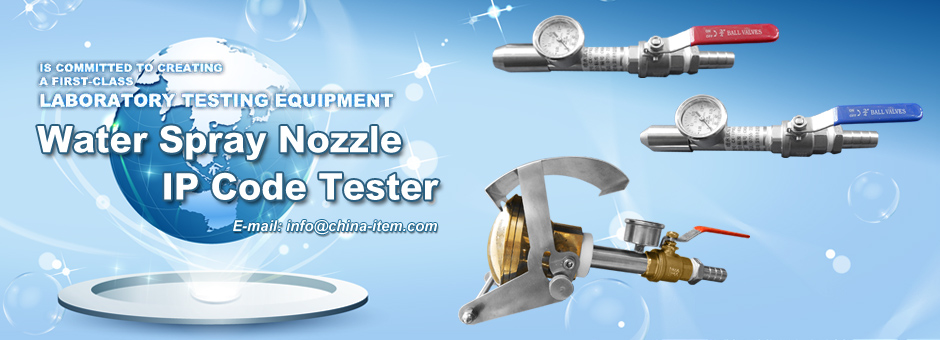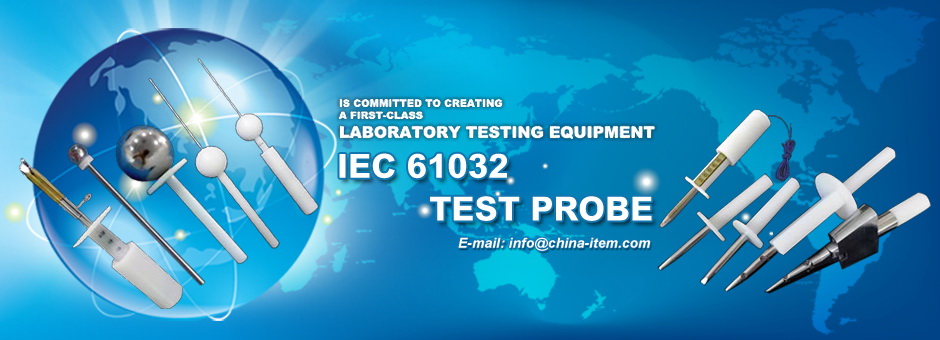contact us
products
- Main Products
- IEC Test Probe
- UL Test Probe
- Material Flammability Tester
- IP Code Tester
- Impact Test Apparatus
- Security Testing Machine
- Lamp Cap Gauge Tester
- Lampholders Gauge Tester
- Plug & Socket Tester
- Electrical Safety Tester
- LED Test Instruments
- Environmental Test Equipment
- Instrument Accessories
- Weighing Sensor
- Others Testing Equipment
technical articles
Company News
Do you know what the IP code is for your product? If so, do you know what the code stands for?
An IP code is a rating assigned to a product or enclosure that indicates its level of ingress protection, or IP. That’s the amount of protection that the enclosure provides against the entry of foreign objects, such as fingers, debris, dust, tools and so on. IP testing also determines how safe your product is against moisture, including water, humidity, rain, snow and so on.
IP codes all follow a standard format that looks like this: IPXX. The “Xs” represent the numbers that correlate with an established coding scheme.
Understanding IP Codes
The first number — or the first X, in this case — is the degree of protection against the entry of foreign solid objects. It has a range of 0 to 6, with 0 being the lowest and 6 being the highest amount of protection.
The second number is the degree of protection against the entry of moisture. It has a range of 0 to 8. Again, 0 is the lowest amount of protection and 8 is the highest.
It’s important to note that either of the Xs can be substituted for the number “0”.
The First Number of the IP Code
As we have seen, the first number indicates the protection from solid objects. Here’s what each number means:
IP0 or IPX — Not evaluated
IP1 — Less than or equal to 50.0 mm diameter object
IP2 — Less than or equal to 12.5 mm diameter object
IP3 — Less than or equal to 2.5 mm diameter object
IP4 — Less than or equal to 1.0 mm diameter object
IP5 — Dust protected
IP6 — Dust tight
The Second Number of the IP Code
Recall that the second number indicates the protection from moisture. So here’s what each number means:
IP0 or IPX — Not evaluated
IP1 — Dripping water: Vertical
IP2 — Dripping water: 15 degree tilt
IP3 — Spraying water
IP4 — Splashing water
IP5 — Jetting water
IP6 — Powerful jetting water
IP7 — Temporary immersion
IP8 — Continuous immersion
The IP Code System in Practice
It may be helpful to look at a couple of examples to understand how the IP coding system works in real life. Here are a few of the many possible IP code combinations. Keep in mind that “X” and “0” mean the same thing:
IP13 — This product is protected from solid foreign objects less than or equal to 50 mm in diameter and from moisture up to spraying water.
IP52 — This product is protected from dust and from moisture up to dripping water.
IP65– This product is dust-tight and protected from moisture up to jetting water.
IPX1 — This product has not been evaluated for solid foreign objects but is protected from moisture up to vertically dripping water.
IP4X — This product is protected from solid foreign objects up to 1.0 mm diameter but has not been evaluated for protection from moisture.
Another thing to remember is that a product with an “X” or a “O” — in other words, a product that has not been evaluated — could mean many things. It could mean a product that is compliant but hasn’t been tested. Or it could mean a product would not comply with testing. Often, it is simply an unknown for those products that were never intended to comply with that particular type of testing.


































